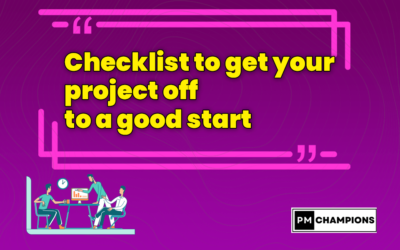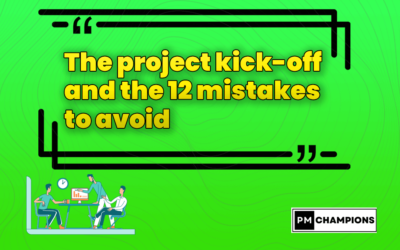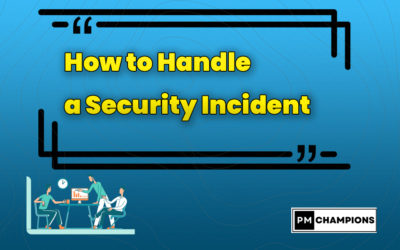“We need to do our own review before we move on to the task we are going to undertake”
Seneca

Agility:
What is the Check-Up?
The check-up activity makes it possible to measure the state of health of the project.
It sheds more light on all the dimensions that contribute to the success of the project.
This activity is carried out at the Delivery Management level by a Delivery Manager or the company’s Delivery Excellence.
This activity is carried out by the MD, which will focus on:
- Validate the contractual aspects of the commitment
- Confirm that the appropriate project plan is in place
- Confirm the proper production of structuring documents: QAP, PAS, etc.
- Review business deliverables: planning, matrices, etc.
- Verify the proper conduct of the planned governance bodies and their terms and conditions
- Confirm the effectiveness of the processes agreed upon at the outset: risks, decisions, etc.
- Control the implementation of KPI measurement and SLA monitoring tools
- Ensure the good relationship and coordination of the project stakeholders
- Validate the implementation of the testing strategy and
the validation of compliance - Review the practices and tools used to ensure optimal security
- Verify the adequacy between the system put in place and the reality on the ground
- Collect feedback from project team members and assess their satisfaction
1/ Plan and prepare the check-up
The check-up must bring together at least the project manager, the Account Manager, the Delivery Manager and any other stakeholders whose presence is necessary or desired.
Depending on the type of project and its mode of engagement, a check-up is carried out at least once within 1 to 2 months of the start of the project, and to be repeated in the event of insufficient results or in the event of customer dissatisfaction.

The project’s health assessment questionnaire is sent as an attachment to the invitation. It allows the project manager to make a self-assessment on the status of the project.
The questionnaire must be sent to the Delivery Manager 24 hours before the meeting along with the structuring documents:
- The Contract
- The QAP and its key processes (change, risks, testing, communication, etc.)
- Validation reports
- The minutes of the last committees (steering and project)
- Subcontracts and associated QAPs
- Project Dashboards (Weekly Report)
- KPIs for the management of test phases (TU, TI, UAT, VABF, VABE, VSR)
The Delivery Manager will specify any other documents that are necessary to conduct the check-up.
2/ Conduct the check-up
Based on the self-assessment made by the project manager, the Delivery Manager analyzes the project data, conducts a personalized investigation phase with the project manager to better identify:
- the highlights.
- points of attention.
- items at risk.
All of these points of attention are the subject of an assessment as well as a detailed action plan aimed at addressing any shortcomings and/or contributing to continuous improvement within the framework of the project.
3/ Track actions following the checkup
The implementation of the actions is the responsibility of the project manager and must be monitored during the weekly CP/DP meetings.
It is the responsibility of the steering team to implement the missing practices on the projects with the help of the Delivery Manager as needed and on request.
A point can be requested by the Delivery Manager at any time to ensure that the actions are properly monitored
Tips for a successful checkup
- Even good projects are not “green” on all items. However, good projects are always managed in a forward-looking manner.
Risks and opportunities
are quickly identified, managed, and mitigation actions are always undertaken on time.- Bad projects often have one or more levers that go “red” very early on and stay that way.
- The Check-Up should remain a simple process of proactive verification. It is a communication and collaboration tool that provides a high perspective on the critical dimensions of a project.
- The main cause behind most of the symptoms is the difficulty in “involving organizations in the success of the project”.
- On average, it takes 1.5 months to improve the health of a project. Time for you to schedule a new Check-Up.






0 Comments